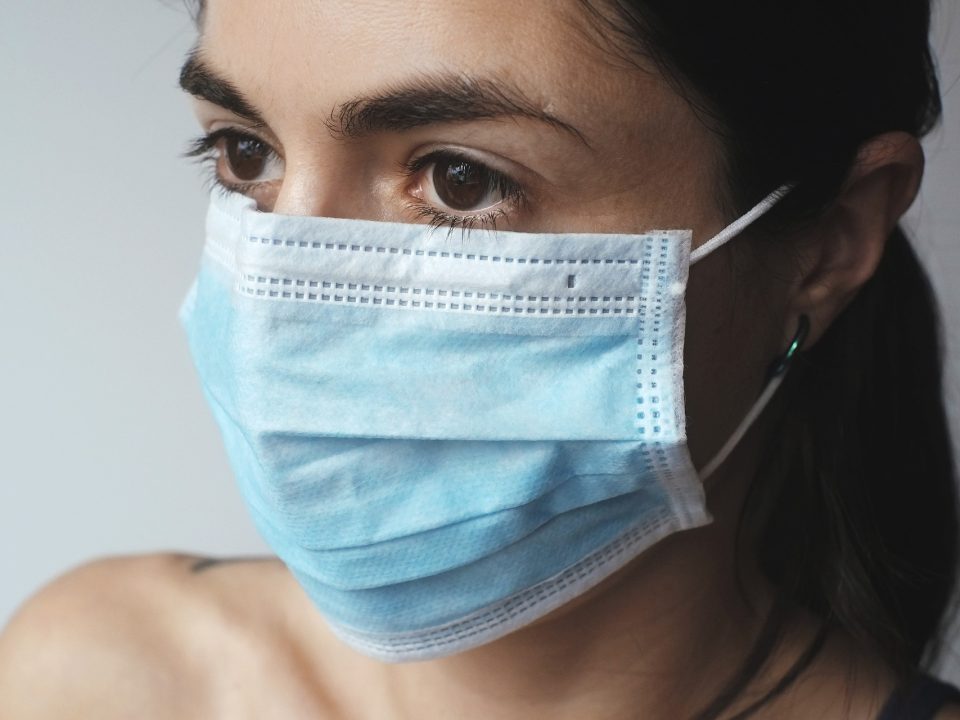Cannabis For Lyme Disease Symptom Relief

The Best Cannabis Gifts For Mother’s Day 2021
April 29, 2021
The Easiest Cannabis Infused Protein Pancakes
May 11, 2021Cannabis For Lyme Disease Symptom Relief
While most commonly discussed in relation to the United States, Lyme disease is a growing concern in Canada, as well.
According to the Government of Canada, the number of Lyme disease cases reported by all Canadian provinces increased from 144 in 2009 to 992 in 2016 (representing an increase from 0.4 to 2.7 per 100,000 population over this time period). In 2016, over 88% of the cases reported were from Ontario, Québec and Nova Scotia. One can assume that the number of cases has only increased over the last five years.
While those suffering from Lyme disease may not initially think of cannabis to help them through recovery, cannabis may be able to help lessen or alleviate many of the symptoms they are experiencing.
Before we get into how cannabis may be able to treat the symptoms of Lyme disease, let’s first make sure we are all familiar with what Lyme disease actually is.
Please note that this article is not meant to be used in lieu of professional medical advice. If you suspect you or someone you know may have contracted Lyme disease, contact your medical doctor immediately. This article discusses the symptoms of Lyme disease and does not suggest that cannabis can be used in lieu of antibiotic treatment.
What is Lyme Disease?
According to the CDC, Lyme disease is…
“…the most common vector-borne disease in the United States. Lyme disease is caused by the bacterium Borrelia burgdorferi and rarely, Borrelia mayonii. It is transmitted to humans through the bite of infected blacklegged ticks. Typical symptoms include fever, headache, fatigue, and a characteristic skin rash called erythema migrans. If left untreated, infection can spread to joints, the heart, and the nervous system.”
Learn more about Lyme disease on the CDC’s website.
Lyme Disease Symptoms
If left untreated, Lyme disease can display a wide variety of symptoms, making it that much more important to seek medical advice if you suspect you’ve been bitten by an infected tick.
Most commonly, symptoms of Lyme disease will include…
- Muscle and joint ache
- Fatigue
- Fever or chills
- Severe headache or neck stiffness
- Intermittent pain in tendons, muscles, joints, and bones
- Nerve pain
- Nausea (often from the pain)
- Inflammation of the brain and spinal cord
Traditionally, pharmaceutical grade anti-inflammatories and/or pain medication will be prescribed to help the patient manage their symptoms. For those looking for more holistic treatment options, cannabis may be the answer.
Cannabis For Lyme Disease Symptoms
For those suffering from Lyme disease, cannabis presents an option for an all natural treatment option for many of the worst symptoms. Cannabis posses properties that have been shown to reduce inflammation and pain in the body, promote sleep and quell nausea.
Cannabis For Pain & Inflammation
Cannabis is especially proficient at treating inflammatory and neuropathic pain. In comparison to NSAIDs, like ibuprofen, some studies have shown that cannabinoids like CBD and THC are up to twenty times more potent at reducing inflammation.
Cannabis For Sleep
THC has a sedative effect and can reduce the time it takes to fall asleep. For those suffering with the chronic pain associated with Lyme disease, THC can offer relief, allowing your body to relax and fall asleep.
Some research shows that the entourage effect, or harmonized interaction between cannabis compounds like CBD and THC, seems to carry over to sleep. Meaning that products that contains both THC and CBD will have a greater impact on your sleep than if you were to take just CBD or THC by itself.
Cannabis For Nausea
As those suffering from chemotherapy-induced nausea and vomiting (CINV) can attest to, cannabis is one of the most effective anti-nausea treatments one can take. CBD, specifically, activates a neurotransmitter that decreases the sensation of nausea. Certain strains are also renowned for increasing appetite, a welcome relief when you’re feeling weak after constant bouts of nausea and vomiting.
More Information On Lyme Disease
For more information on Lyme disease, we recommend checking out both the CDC or Canadian Government websites.
If you’d like personalized recommendations on which cannabis strains or products might be right for you, please email us at info@thehealingcowellness.com. Like any other disease, Lyme disease effects everyone differently and it is important to tailor your treatment protocol to your specific needs.




